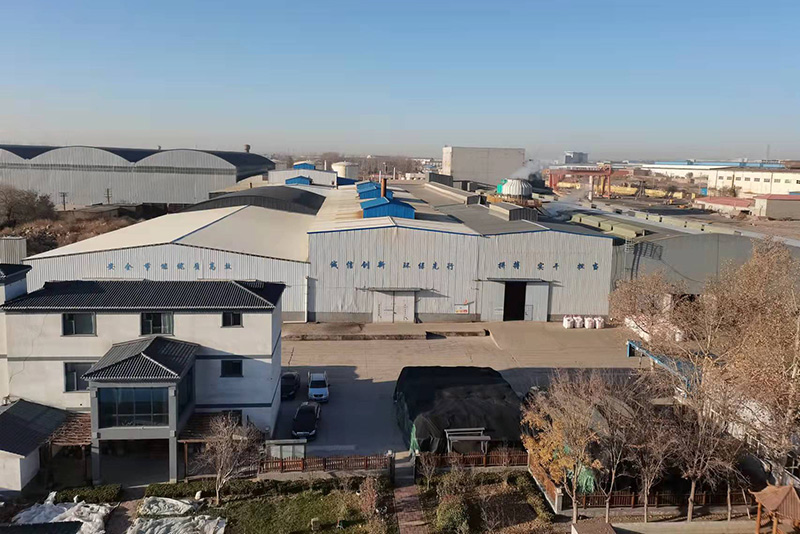The Sand Cast A Reflection of Life and Creativity
The art of sand casting is a fascinating intersection of creativity, craftsmanship, and the elemental nature of the materials involved. This ancient technique has been utilized for centuries to create remarkable objects, from intricate jewelry to massive sculptures, while also serving as a metaphor for life's transitory beauty and the permanence we seek within it.
At its core, sand casting involves creating a mold from a raw material — typically sand mixed with a binder — into which molten metal is poured. The resulting objects often bear not only the mark of artistic vision but also the unpredictable touch of nature. Each piece produced in this manner is unique, as variations in temperature, moisture, and even the intricacies of the sand itself can all influence the final outcome. This reflects a profound truth about life it is full of unpredictability and uniqueness, where every person's experience is shaped by their environment and choices.
One of the most beautiful aspects of sand casting is the way it celebrates imperfection. In a world that often prioritizes sleek, flawless designs, the raw textures and organic shapes produced through this process tell a different story. They embody the ebb and flow of existence, reminding us that beauty can be found in the irregularities and asymmetries of our lives. This principle resonates with many artists and craftsmen who regard imperfections as essential qualities that enhance the value and character of their work.
Moreover, sand casting is also a deeply communal art form. Traditionally, it involves collaboration among artisans, each bringing their unique skills to the table. From the initial design sketch to the final polishing of the cast piece, every step is a testament to teamwork and shared vision. This collaborative spirit mirrors the essence of community in our lives — the idea that we are all interconnected and that our individual contributions can create something greater than ourselves.
the sand cast

The process of sand casting also serves as a metaphor for resilience and renewal. The sand used in casting can be reused multiple times, reshaping its form and purpose with each new project. Similarly, we navigate through challenges and setbacks, often emerging stronger and wiser. Just as sand can be transformed again and again, so too can we adapt and grow through our experiences.
In modern times, sand casting has evolved, integrating technology and innovation while still retaining its fundamental principles
. Contemporary artists may use advanced materials and 3D printing techniques to expand the possibilities of design, yet the essence of the sand cast remains untouched. This blend of tradition and technology speaks to the idea that while we may embrace change, our roots and foundational practices keep us grounded.Furthermore, the allure of sand casting lies in its accessibility. Anyone with a modicum of skill and creativity can engage in this craft, making it a popular choice for art classes and workshops. There is something deeply satisfying about transforming a simple pile of sand into a tangible piece of art. It instills a sense of accomplishment and encourages creativity in everyone, regardless of their background.
In conclusion, the art of sand casting is much more than a technical skill; it is a rich tapestry of life lessons and artistic expression. Through its imperfections, communal essence, and endless possibilities for renewal, it serves as a constant reminder of the beauty and complexity of life itself. As we continue to explore and embrace various forms of creativity, let us remember the simple yet profound wisdom that the sand cast embodies — that beauty is found in both permanence and transience, and that every unique creation tells a story worth telling.
Post time:nov . 10, 2024 06:24
Next:Understanding the Process and Applications of Sand Casting in Engineering Industries
